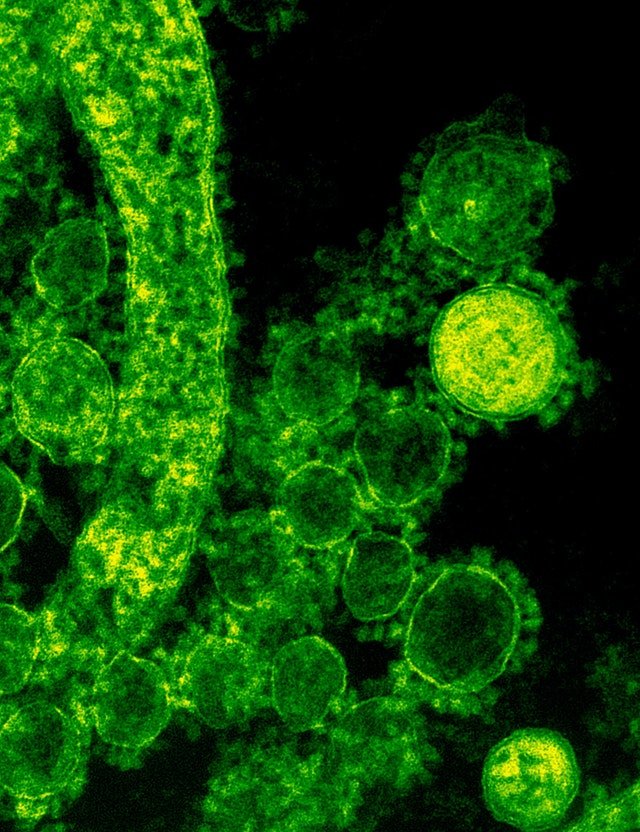- Biotechnology is not a new scientific progress. it has been in use for many years, however, it has not received any serious details as biotechnology. The simplest form of biotechnology refers to the use of living organisms or their products to test or alter human health or the environment. Or start a process. Biotechnology itself is a combination of biology and other sciences, which can create innovative products in the fields of agriculture, industry, and the environment. Products include medicines, vaccines, plant growth hormones, and nutritional supplements.
- There are nine main areas of technology and its application in biotechnology. These nine main areas include biotechnology, monoclonal antibodies, cell culture, recombinant DNA technology, cloning, protein engineering, biosensors, nanobiotechnology, and microarrays.
- Bioprocessing technology refers to the use of living cells to make preferred products. This method has been used for thousands of years, but the actual scientific meaning is unknown, such as brewing, brewing and even making bread and pickles. Human beings, first discovered in the mid-19th century, realized that their biochemical system is the essence of these beneficial foods. In-depth research and further experiments allow us to produce amino acids, contraceptives, pesticides, and antibiotics today. And vitamins.
- Monoclonal antibody technology uses cells in the immune system to produce antibodies. Monoclonal antibodies are very useful for detecting pollutants in the environment, detecting microorganisms harmful to food, differentiating normal cells from cancer cells, and accurately diagnosing infectious diseases occurring in humans, animals, or plants.
- Cell culture simply means the growth of cells outside living organisms. This research involves three aspects: plant cell culture, insect cell culture, and mammalian cell culture. Simply put, recombinant DNA technology refers to the recombination of two DNA fractions from two different species. It is used only to make new medicines and vaccines, slow food spoilage, resist viral diseases, and prevent inflammation.

- The cloned sheep Dolly has been known for many years ago. Cloning techniques can create genetically identical molecules, plants, cells, or animals. Protein engineering is a recombinant DNA technique that improves existing proteins and creates new proteins that do not exist in nature. These proteins can be used in food processing, drug development, and industrial production.
- Biosensor is a combination of advances in biology and microelectronics. Biosensors are detection devices that rely on the specificity of cells and molecules to detect and measure extremely low concentrations of substances. This is why they are widely used to measure the nutritional value, safety, and freshness of food. Detect explosives, toxins, and biological warfare agents and detect and measure pollutants, and measure vital blood components on a patient's bed by emergency doctors.
- Nanobiotechnology is the research, manipulation, and production of ultra-small structures and machines that can be composed of single molecules. This area of research allows us to improve the specificity and timing of drug delivery, increase the speed and efficiency of disease diagnosis, and encourage the development of environmentally friendly manufacturing.
- Microarray is the study of gene structure and function, which allows us to analyze thousands of samples at the same time. This region allows us to track gene activity, identify genes important for crop yield, and search for mutations in disease-related genes.
